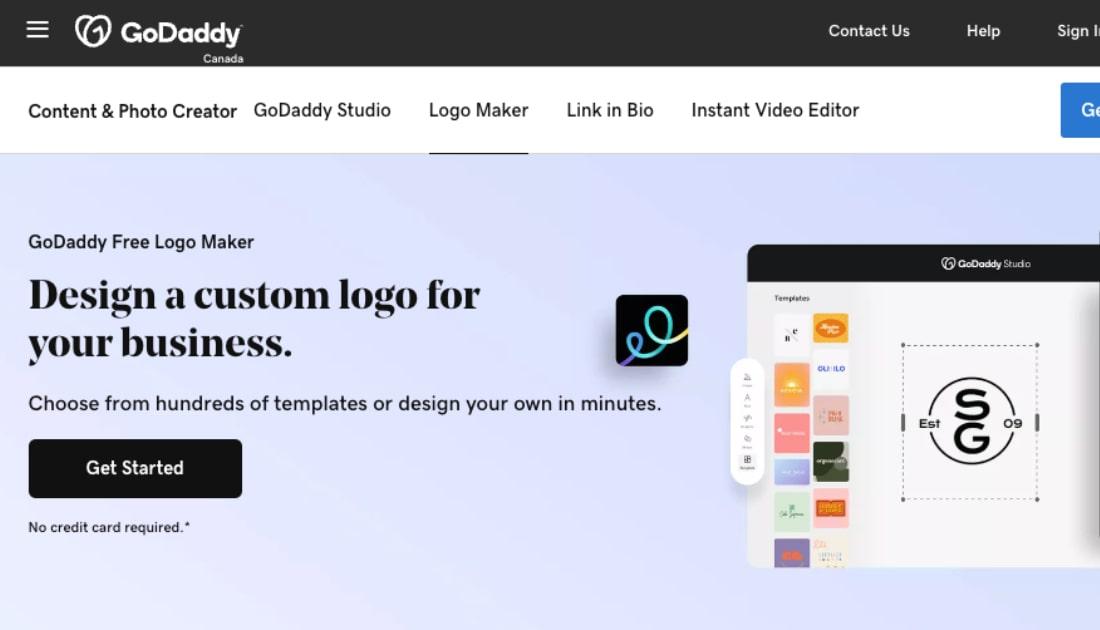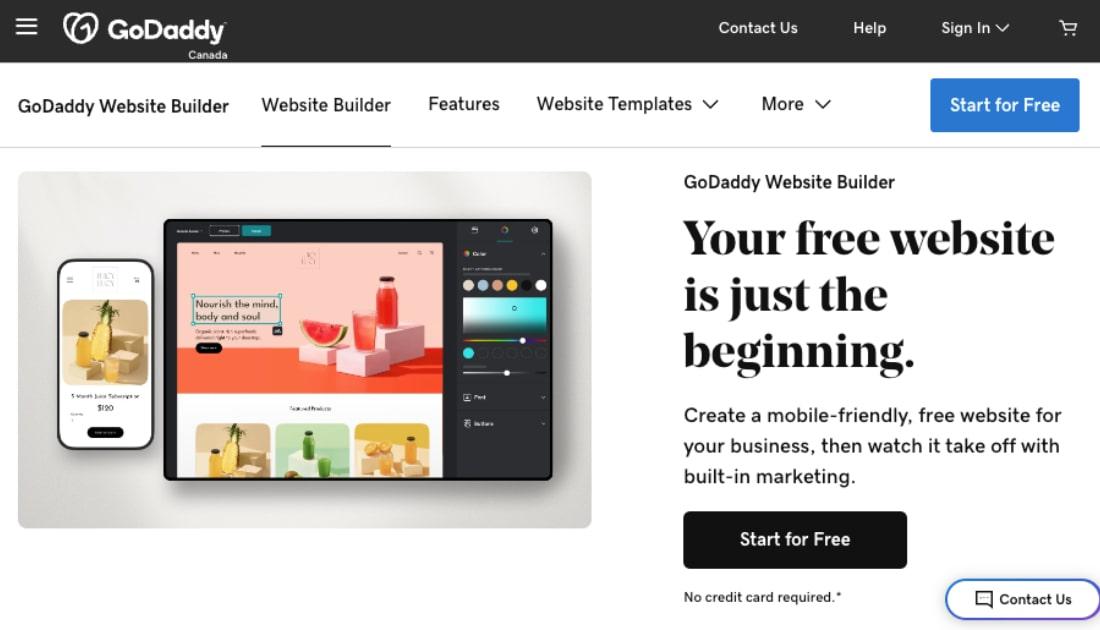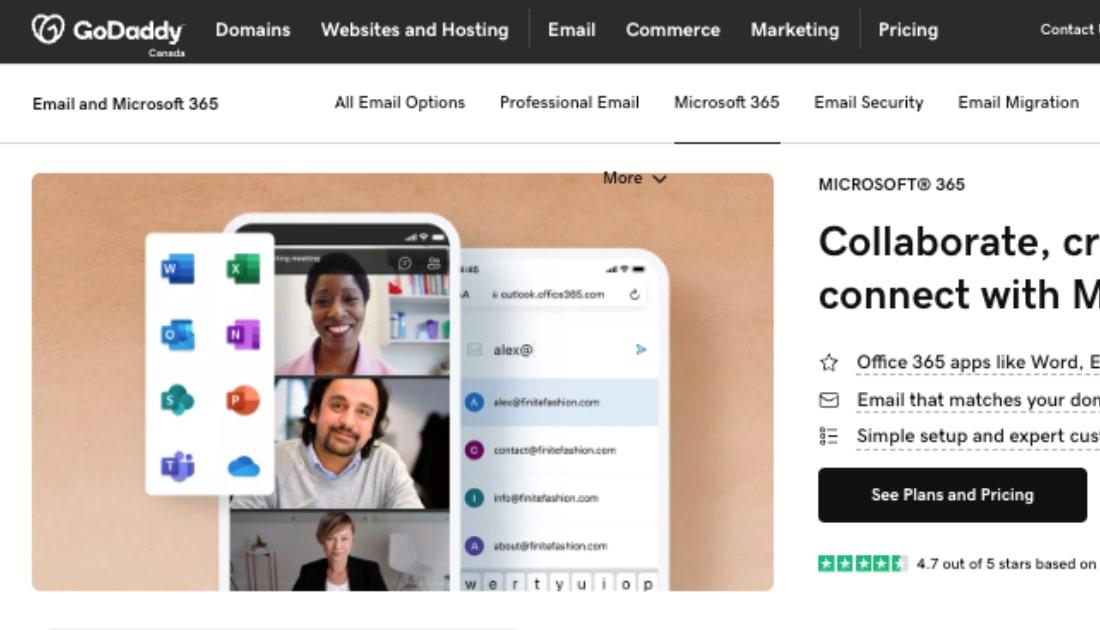Your business plan is the document that will take you from idea to execution. You’ll likely depend on it to organise your thoughts, strategise for success and stay focused on your goals.
In addition, business plans are often required for public or private funding.
Ready to build your business plan, but not sure where to get started? We’ve got you covered with our step-by-step guide.
In this article:
- What is a business plan?
- Why do you need a business plan?
- How to write a business plan
- Business plan format
- Tips for writing your small business plan
- Frequently Asked Questions
What is a business plan?
A business plan is a document that you use to strategize for your business’s future. The business plan includes an overview of:
- Your business
- Its goals
- Your marketing strategy
- Your financial forecast
Need help deciding on a business to start? Check out this list of 25 side hustles to make money. You might also consider other new business ideas.
Related: Discover how you can register a .ca domain name
Why do you need a business plan?
Writing a business plan entails setting your business goals and describing the strategies you will use to reach them.
By putting these ideas on paper, you’re forcing yourself to properly think through your plan and vet its likely success. A little bit of planning really pays off.
Studies show that a business plan creates a 30% greater chance of growth
Outside of your personal reasons for writing a business plan, you will need this document if you need to convince funders or investors that your business is legitimate and likely to return a profit. You will be expected to provide investors with a well-thought-out business plan that shows your market awareness and financial planning.
How to write a business plan
If you’re ready to dig in and write your business plan, just follow our 10-step process. You want to be thorough at every step, especially if you expect to share the plan with potential stakeholders

Worth remembering? This is your business, and your plan will be unique to you.
1. Create your executive summary
Your executive summary is essentially the first impression for potential partners or investors. In a few sentences, it needs to grab readers’ attention and explain what you/your business does, so they’re compelled to read on.
Many people wait to write this summary until after they’ve completed the other sections.
Think of it like an elevator pitch — a short summary of what your business does that’s quick, clear and to the point.
2. Describe your company
Next up is a description of your company:
- What you do
- Who you do it for
- Exactly what problem you are solving
Think about your elevator pitch as you are writing your company description. Be very clear here.
You’re unlikely to be the first person to create a company solving a particular problem for your audience, so try and detail what it is that makes your company stand out.
3. Introduce your team
If you have any particularly credible or expert team members, be sure to introduce them in your business plan. Write a short bio for each person that highlights their key credentials and how they will contribute to your new business.
4. State your company’s goals

Every business needs goals, but choosing these goals isn’t always easy.
Yes, your company must make a profit, but this goal must be broken down into measurable and actionable steps.
Start with your desired business goals (number of products sold over a certain period, etc.). Then decide what you need to achieve to meet each goal. For example:
- How many sales do you need to make for your company to meet your projected revenue goal?
- What marketing tactics will your business use to hit your business goals?
Some businesses include goals that address the greater good. For example, you may choose to set a goal for reaching net-zero carbon targets by a particular year. Or you could commit to using 75% locally sourced materials in your products.
5. Detail your values and mission statement
When writing a business plan, it’s easy to get wrapped up in the data and the money.

But your why is the lifeblood of your business.
Take some time to create a page that digs into the meaningful element of your business.
- What larger problem are you trying to solve?
- What are your business values?
- What do you expect from your staff (and yourself)
This section is useful to help keep you going when times get tough.
It can also be used to help you train employees later and to define your target market.
6. List your products or services
As you are writing your business plan, list out products or services.
Within this section, include details about:
- What your products or services are
- How they help your customers
- How they stand out in the marketplace
For product-based businesses, include:
- A brief introduction to your costs (you’ll expand on them later in your plan)
- Where your products are sourced
- How many products you have on hand now
- How quickly more products can be produced
Related: How to price products to sell
7. Do market research
Every business must conduct market research. You need to think both about your local market and, if you’re starting an online business, the digital market. You may have different competitors in each marketplace.

It’s crucial to invest in good market research that helps you understand your competitors and your place amongst them.
- What does your prospective customer base look like?
- How many competitors operate in the same space?
- Are there any gaps in what competitors are providing (that you could step into)?
Your market research will help you determine if your business venture is justified. It can also act as support for your proposition — which is especially useful when pitching to investors.
The market research section of your business plan will help you see where the gaps are between your business and competitors, as well as where you hold an advantage.
It will form the foundation of your sales and marketing plan as you strategise to catch up to (and overtake) your competitors.
8. Create your marketing and sales plan
Your marketing and sales plan will generally be built on your competitor research. You can use competitive data to get a feel for what’s working. However, it’s important to remember that your brand and your audience are unique.
Keep your plan simple to start.
You are better off doing less better than trying to do more poorly. This helps conserve your budget and makes it easier to pivot if marketing efforts don’t go as planned.
Remember that you don’t need to be a marketing expert. Start with a basic outline, then use expert tools and insight to build out your plan.
9. Set financial projections
When it comes down to it, finances determine a successful business from an unsuccessful one.
If you’re seeking investment, your financial forecast is everything. One thing that investors need to know very clearly is the financial estimations and performance of your business over time.

In your projection, plan for:
- Sales
- Expenses (including wages, website operating costs and rent if any)
- The pricing of your products and/or services
- A contingency plan for unexpected finance need
Related: How much does it cost to build a website in Canada?
10. Add an appendix
It’s not enough to simply write a business plan; every claim you make within it needs to be well-documented. So, include an appendix.
Your appendix is a compilation of supporting documentation and/or evidence. Possible appendix items include:
- Resumes of your key team members
- Documentation of your market research and analysis. If your plan summarises findings, include your marketing research and data
- Legal documents, such as incorporation papers, patents or trademarks
- Marketing materials, such as websites, brochures or social campaigns
- Customer testimonials or case studies. New businesses might not have these, but if you have conducted focus groups, you can include those findings
- Product prototypes or lab tests if you have them
- Any other relevant supporting materials that were referenced in your business plan
Editor's note: GoDaddy can help set you up with its free logo maker, free Website Builder and Microsoft 365, all backed by GoDaddy's award-winning customer help.
Business plan format
There are three types of business plans:
- Traditional
- Lean
- Not-for-profit
While this article focuses primarily on the most common business plan format — the traditional plan — it helps to know what might be involved in the other formats.
Traditional
The traditional format provides a detailed business overview and is useful for presenting to investors or lenders.
In a traditional plan, you will likely write more than you would in a lean plan.
Some businesses might start with a traditional plan and then create a lean version for specific uses.
Lean
The lean business plan format is a simplified version of a traditional business plan. The lean business plan format includes the most critical aspects of the business.

If you’re writing a lean business plan and you want to pitch to investors, then you must include key sections like market analysis, revenue forecasts, etc.
Not-for-profit
The not-for-profit business plan is similar to the traditional business plan but includes items that are required to run a not-for-profit organisation.
For example, if you were writing a not-for-profit business plan, you would likely include all elements of the traditional plan, plus fundraising and development, governance and financials.
You may also have research from the local area you’re serving to help with your market analysis section.
Your aim is to prove that there’s a public need for your not-for-profit organisation.
Tips for writing your small business plan
Before jumping into writing your business plan, check out our plan-writing tips.
Use a business plan template
Business plans are not new, so why not start with a tried and tested template?
There’s no need to reinvent the wheel.
There’s plenty of space to turn the template into something unique that feels like yours. Using a template avoids providing too much information to readers and it provides structure.
Check out these free business plan templates you can download and customise in a cinch.
Write for yourself (not just investors)
Your business plan is yours. Writing it is your chance to organise your thoughts and understand what business means to you.
Upon completion, you should feel satisfied with your roadmap to success.
Of course, consider your audience and investors when writing it and give them everything they need, but don’t forget to satisfy your own intent.
Remember the business plan formats; you can always start with a traditional plan for yourself and then provide your investors with the lean version.
Demonstrate what makes you unique

As of 2022, there were 1.19 million small businesses in Canada. This means you need to go in ready to disrupt and stand out.
- Clearly articulate what sets your business apart from your competition (e.g., quality of service, product uniqueness).
- Explain why customers should choose your products or services (e.g., x% of proceeds go to a worthy cause).
Use concrete data and examples
Writing your business plan takes your dreams and helps you turn them into something tangible and achievable.
You should be able to support your ideas with concrete data and real-world examples. You need to prove to yourself — and investors — that your business is viable.
Be realistic with your projections
Because writing your business plan is about creating something that’s achievable. This means you must be realistic with your projections.
While being optimistic is exciting — and you can still be privately optimistic — you must be realistic in your plan. So, keep your projections modest.
Realistic projects are better for you mentally, too. If you’re more likely to achieve your goals, you’re less likely to get overwhelmed.
Plus, goals that are not realistic will heap pressure on you and your team, and that’s the last thing a new business needs.
A business plan is just one part of the journey of starting a new business, for the entire step-by-step process check out our guide on how to start an online business
Frequently Asked Questions
Here are your most asked questions, answered.
How do I write a simple business plan?
You will write a simple business plan if you keep focused and aim to be thorough but concise.
Cover all the important aspects — give special attention to your executive summary — and don’t over-plan.
Focus on shorter time frames and be realistic about what can be done.
Rely on research and data to help shape your projections.
Can I write a business plan myself?
Yes, you can write a business plan yourself. Just stay focused and be thorough. Cover the key aspects but don’t over plan.
That said, if your plan covers areas of business where you’re not so strong, you might need help. Feel free to consult with financial and legal professionals.
How long should a business plan be?
Your business plan will be as long as it needs to be, but the aim is to create something thorough yet concise. As a guide, aim for around 15 to 20 pages.
How long should it take to write a business plan?
Writing your business plan will probably take a few days, but you’ll need to do a lot of research behind the scenes.
Once you’ve finished the first draft, step away from the plan for a day or two, then return and review it to ensure it is accurate and void of errors.
Finally, use spellcheck to correct simple spelling and grammar errors.
On average, creating a business plan should take three months from beginning to end.








